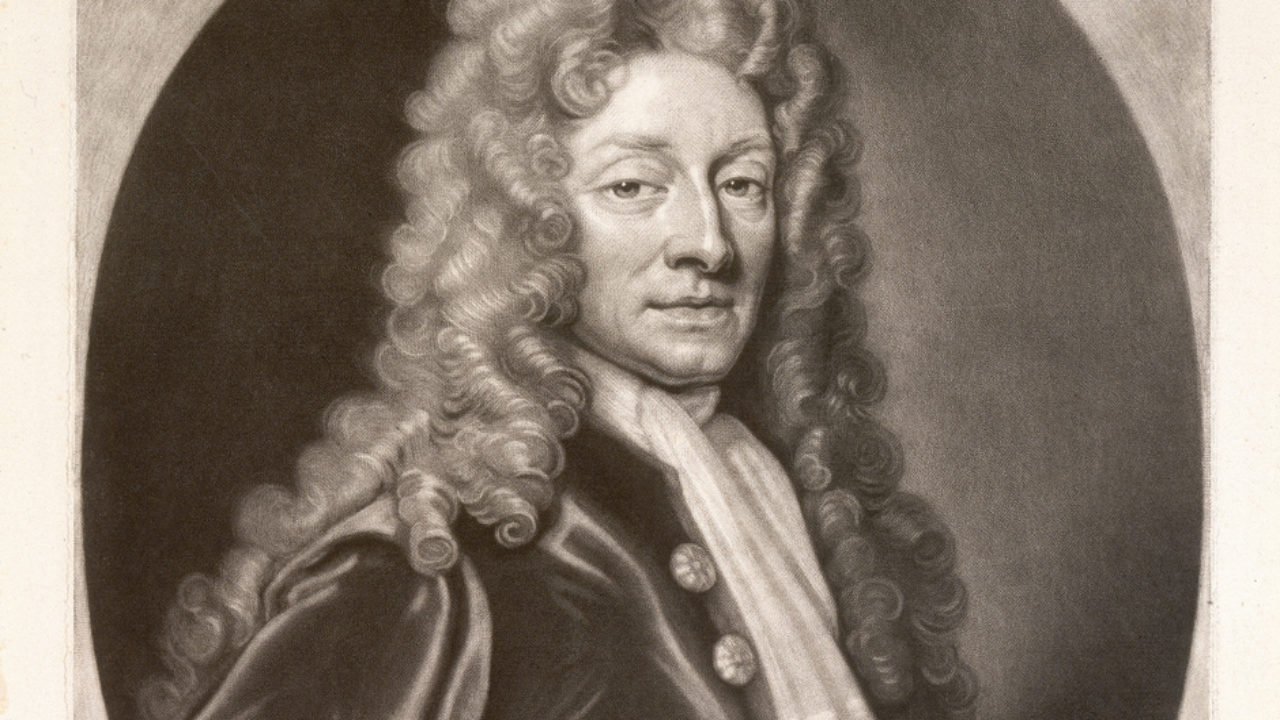Wren’s Vision for the Royal Hospital
However, he needed all his experience and skill when he worked on the Royal Hospital for Seamen. Not only did he have to incorporate the existing King’s House into his own design, but he also had to meet Mary II’s request for a river view from the Queen’s House. Wren’s solution was a stroke of genius. He created a symmetrical arrangement of courts, domes and colonnades which, together with a careful use of perspective, framed the Queen’s House without dwarfing it.
If buildings could speak, the Greenwich Hospital would talk in Latin and Ancient Greek, the classical languages of architecture. Wren and his co-designer Nicholas Hawksmoor understood this language perfectly. The scale and magnificence of the buildings show the generosity of their royal patrons and the importance of the Royal Navy to national prosperity. They also honour the service given by naval seamen of all ranks. The architects who followed, Thomas Ripley, James ‘Athenian’ Stuart, John Yenn, Joseph Kay and Philip Hardwick could do little to improve on Wren’s grand design and the principal elements of the main buildings are virtually unchanged from his master plan.
Although he had to work around many restrictions, Sir Christopher Wren’s final plans for the Royal Hospital for Seamen were hailed as a masterpiece. Wren and Hawksmoor’s classical buildings look grand enough to be a palace, however, they were designed to house naval veterans. The architecture reflects the nation’s pride in its maritime heritage rather than offering a practical arrangement for the care of old and injured sailors.



